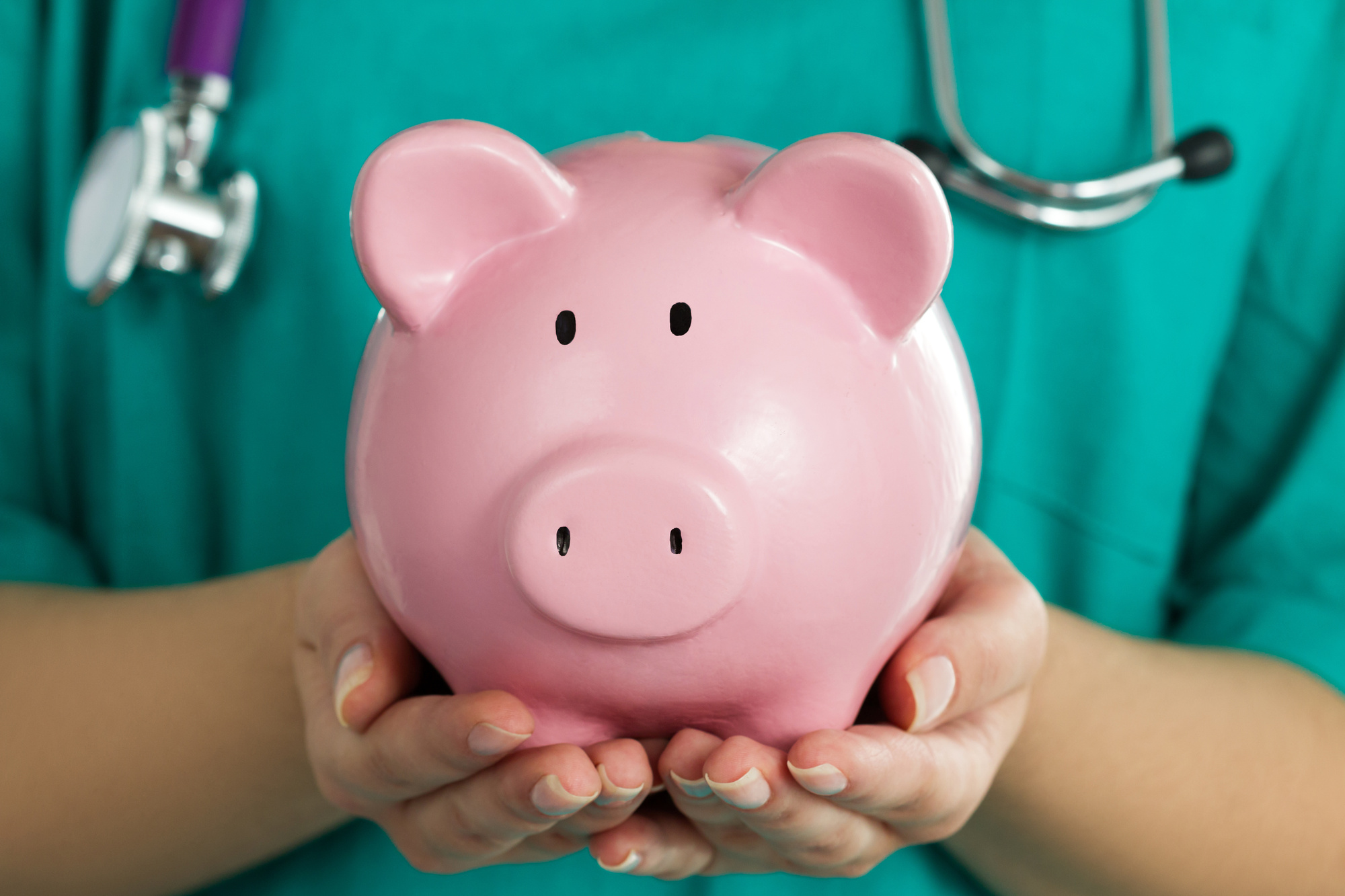Duck and Cover! Here’s What to Expect From a Nuclear Attack and How to Prepare for One

On August 6th, 1945, the world’s first deployed atomic bomb was dropped on Hiroshima, wiping out 90% of the city, and killing 80,000 people. Unfortunately, what many don’t realize is you can survive the initial drop, but there are after-effects to look out for.
This article will discuss nuclear attacks, and how to prepare for one. Read on to discover how to protect yourself against a nuclear attack before it’s too late.
What Is a Nuclear Attack
A nuclear attack uses a device producing a nuclear explosion. It’s caused by a chain reaction that splits atomic nuclei producing an extreme wave of air pressure, radiation, light, and heat. Then it’s followed by the release of radioactive particles. This is what then causes the mushroom cloud you’ve probably seen before.
Who Has Nuclear Weapons?
Currently, most of the nuclear weapons are owned by Russia and the United States. The U.S. has a total of 6,185, while Russia has 6,500. France, China, the U.K., Israel, Pakistan, India, and North Korea have some too, but not much compared to these 2 countries.
With rising tensions between countries politically, and risks increasing, a nuclear attack is always a harsh possibility.
Immediate Blast Zone
When a nuclear bomb hits, the worst effects will be in or near the epicenter of the attack. Death could be caused by fatal injuries, radiation exposure, or fires. Collapsed buildings or pressure from the explosion could kill people as well. If you’re within a couple of miles of the epicenter, you’ll want to avoid any windows and make sure to duck and cover.
Radioactive Fallout
After the immediate blast zone, you have to worry about the radioactive fallout. The heaviest particles from the nuclear snow mostly stay in the initial blast area. Smaller particles can easily travel further away and go for miles.
EMPs
Nuclear detonation can cause what’s called EMP effects. They can be just as dangerous as the other effects of a nuclear attack. This would cause vehicles to stop, cell towers to be disrupted, and computers being destroyed. This could also affect electrical and water grids as well.
How to Prepare for a Nuclear Attack
Before the fear of a nuclear attack, you’ll want to plan in advance since you can’t go outside for food. You’ll want to prepare to stay inside for at least a couple days. Stock up on medical supplies and food as soon as you can.
You’ll want to stock-up on non-perishable foods such as rice, beans, oats, pasta, powdered milk, dried fruits, and vegetables, etc. You’ll want to stock up on plenty of gallons of water as well.
A good investment might be a solar charger for your phone so you don’t have to worry about your cell dying without a charger. You’ll also want a radio as well to listen to any current news or warnings.
Buy a first aid kit and a booklet of instructions. Also, make sure to have prescription medications and supplies available. If you don’t buy a pre-packaged first-aid kit, you can make your own. Your first-aid kit should have scissors, tweezers, latex gloves, antibiotic treatment, a blanket, and thermometer.
Make sure to have plenty of flashlights and batteries in case the power goes out. It’s also a good idea to buy wet wipes for cleansing, and also have plenty of garbage bags and plastic ties. Also, invest in a face mask that you can wear over your face when the blast occurs.
How to Survive a Nuclear Attack
If you feel a nuclear attack is likely in your area, evacuate as soon as possible. If you’re given no warning, or if you have no time to leave, you’ll want to seek shelter immediately. You could receive an alarm or warning signal before the attack.
A warning could also be light from the detonation which can be seen from miles away. You’ll want to be in a shelter that has excellent blast protection. Never look directly at the fireball. If you can’t find shelter, find a lowered area and lay facing down. As a last resort, you can dig as fast as you can and lay in it trying not to expose any skin.
If you’re indoors, stay away from the windows, and if you can, stay in a room without any. Stay away from anything combustible or flammable. Stay in your shelter for a couple of days before leaving. In a shelter, you’ll want to reinforce it by stacking dirt around the walls for extra protection.
If you go outside after the initial blast, make sure to be fully clothed, have no skin exposed.
Treating Radiation
It’s important to know how to treat radiation or thermal burns. If you’ve experienced minor burns, place it in cold water until the pain is gone.
If your skin starts to blister or break, you’ll also want to wash it with cold water and then cover it with a sterile compress. Don’t break your blisters. If your skin doesn’t blister or break, don’t cover it. Wash the area and put Vaseline on it or baking powder and water.
If you have a severe burn, unfortunately, this can be life-threatening. You’ll want to protect any burns from further contamination. Cut and remove any clothing that’s over the burn. If your clothes are stuck on the burn, don’t try to remove it.
Also, don’t pull clothes over the burn or put any ointment on it. Only use water to wash it. You can use plastic wrap to protect your burn. To treat any shock, massage the chest and have them positioned for proper respiration. You can also loosen any clothing that’s constricting.
Next Steps
While the thought of a nuclear attack isn’t a pleasant thought, it’s a possibility you’ll want to be prepared for. Make sure to watch the news periodically, and have the sound on your tv and phone to hear any warnings.
Would you like to read about science and technology? Check out our other articles.



